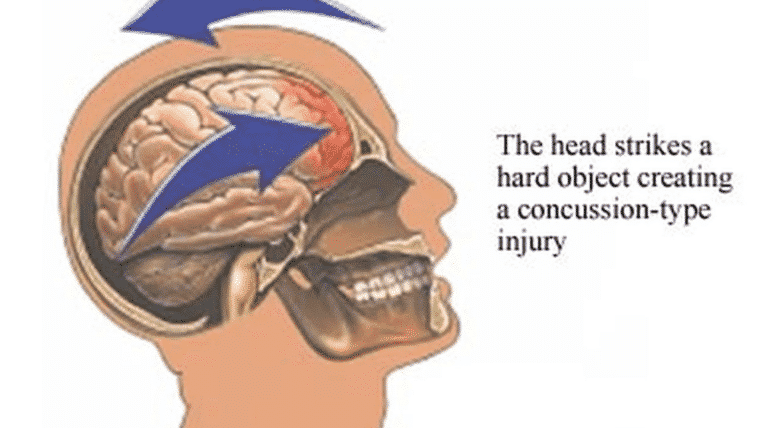Punch drunk syndrome or dementia pugilistica, or boxer’s syndrome is also called chronic traumatic encephalopathy (CTE). This condition is common among boxers. It is caused by head trauma and the condition typically develops about 16 years after the initial head injury.
A patient with CTE develops tangles and threads in his or her brain that are similar to those found in the brains of Alzheimer’s patients. In its later stages, patients with CTE develop symptoms of dementia and Alzheimer’s disease.
Chronic traumatic encephalopathy (CTE), formerly known as dementia pugilistica or ‘punch drunk syndrome’, is described as a progressive neurodegenerative disease in people with a history of repetitive mild traumatic brain injury. The symptoms of CTE are extremely similar to those seen in other forms of dementia, particularly Alzheimer’s disease (e.g., cognitive impairment, memory loss, Parkinsonism, increasing confusion and disorientation, and slurred speech). As these clinical symptoms are shared with other neurodegenerative diseases, there’s currently no available test to diagnose the condition. At present, the most reliable way of confirming the diagnosis of CTE is by examining post mortem brain tissue for certain changes.
To find out more, we spoke with Marc Goldfinger, a Ph.D. student at Imperial College London (UK) about the disease. In this video, Marc provides us with a description of CTE, as well as a pathological demonstration illustrating the changes observed in post mortem brain tissues of individuals with CTE. He also talks to us through his work with boxer’s brains, which focuses on a particular collection called the ‘Corsellis collection’.
Researchers studied a group of amateur boxers and found those who had recently suffered repeated blows to the head during a recent boxing match had higher than normal levels of certain chemicals in their cerebrospinal fluid (the fluid that circulates around the spinal cord and brain).These chemicals, known as neurofilament light protein and total tau, have also been shown to be increased in some neurologic disorders with damage of brain neurons and cells.
Table of Contents
Boxers and Brain Injuries
Researchers say about 20% of professional boxers develop chronic traumatic brain injury as a result of years of repeated blows to the head during their careers in the ring. But little is known about the brain injury risks faced by amateur boxers who must wear protective headgear and compete in shorter bouts.
In the study, published in the Archives of Neurology, researchers examined the cerebrospinal fluid of 14 amateur boxers within seven to 10 days after a boxing match and again three months later after the boxers had rested from boxing. Cerebrospinal fluid from 10 healthy, nonathletic adults was also analyzed for comparison.
The results showed that after a boxing match, the boxers had higher average levels of the brain chemicals neurofilament light protein and total tau than they did after three months with no boxing. These chemicals are used as markers of brain injury and damage to nerve cells of the brain.
In addition, they also had elevated levels of another protein, called glial fibrillary acidic protein, which indicates damage to a specialized type of brain cell. An increase in this protein has also been found in people who have experienced a severe brain injury.
Researcher Henrick Zetterberg, MD, Ph.D., of Göteborg University in Sweden, and colleagues say the findings provide scientific evidence to support the development of chronic symptoms also known as “punch drunk syndrome” in professional boxers.
What are the 4 stages of CTE?
- Early on, symptoms include headaches as well as the loss of attention and concentration.
- “Executive dysfunction, memory loss, explosivity, and difficulty with attention and concentration” begin when those with CTE reach Stage III.




